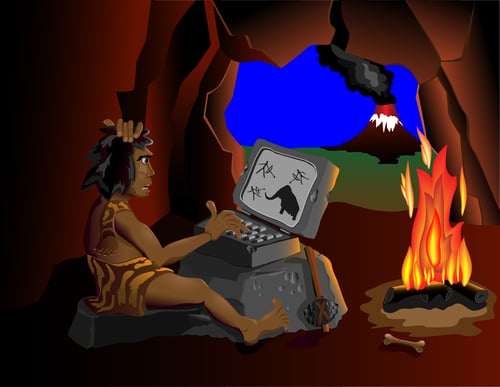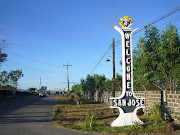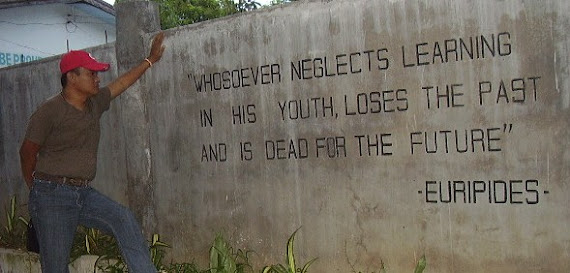Two
of the most prominent, exotic and majestic caves in the province are Cansubong
Cave in Iling Island, San Jose and Purnaga Cave in Magsaysay. The latter’s interior
portion, according to a certain story I stumbled upon, contains several
compartments of stalactites and stalagmites with the size of a small cargo
container or as big as cathedral. It is also found to have guano deposits and
water pools and believed to be extended adjacent to Oriental Mindoro. Iling
Island is so rich with underwater caves they say and those caves became burial
place of ancient Chinese traders centuries ago. To tell you frankly, I haven’t
been to any of those two wonderful creations of nature. Even in Sablayan’s
prominent Matingkay, Carungcaban and Agsuli caves, I haven’t been to. Not that
I am a claustrophobic but I do not have a chance and that’s all.
I
was wondering, during pre-historic times, the walls of cave were the modern day
“blog sites”. Stone Age “bloggers” “post” their entries through its walls (Now
I know the origin of the word “wall” in Facebook!). Our caves must be protected
and conserved no doubt, more than our cyber sites. Caves indeed are considered
natural and non-renewable resources with important scientific, economic,
educational, cultural, historical, and aesthetic values. They are also home to specialized mineral
formations with unique and diverse flora and fauna.
The
protection and conservation of caves is mandated under Republic Act 9072 passed
on April 08, 2001 otherwise known as the “National Caves and Cave Resources
Management and Protection Act”. Under
this Act, the DENR is tasked to formulate, develop and implement a national
program for the management, protection and conservation of caves and cave
resources. As of today, over 1,500 caves have been recorded since the start of
the implementation of the Caves Management and Conservation Program in 1994,
with still a significant number of caves yet to be discovered and mapped, even
here in our province.
On
June 13-17, 2012 there was an orientation-workshop on caves and cave resources
conservation and management and that training resulted to the commitment of
forming the Provincial Cave Committee (PCC) who will act as a legislative body
and the Provincial Cave Assessment Team (PCAT) who will conduct the actual
assessment of caves in the entire province of Occidental Mindoro. In his letter
to the 11 LCEs of the province, Conrado A. Espejo, Jr., our Provincial
Environment and Natural Resources Officer or PENRO, said that the PCC is
chaired by the PENR Officer, vice chaired by the mayors where the caves are
located and members are consist of the towns MENRO, Municipal Tourism Officers,
including security personnel and school administrators. Here in Sablayan, I was
nominated by our LCE to be part of the PCAT. It's not yet final, mind you.
Whew!
Well,
the following are threatening our caves and making them in great danger: increased
demand for recreational sites, vandalism, treasure hunting, mining, pollution,
illegal collection of cave resources and rapid urbanization. In social
networking sites, on the other hand, dangers are posed by senseless
posts, cyber bullying, shameless spamming coming from what other netizens are referring
to as megalomaniacs and sociopaths.
Well,
if experts believe that the cave paintings sent messages, like my blog site, to
other people passing through or living in them in the future, and in that case, I am a
caveman…
------------
(Photo: TMCNET.Com)







ever heard of rosetta stones?
ReplyDeleteever heard of rosetta stone?
ReplyDelete